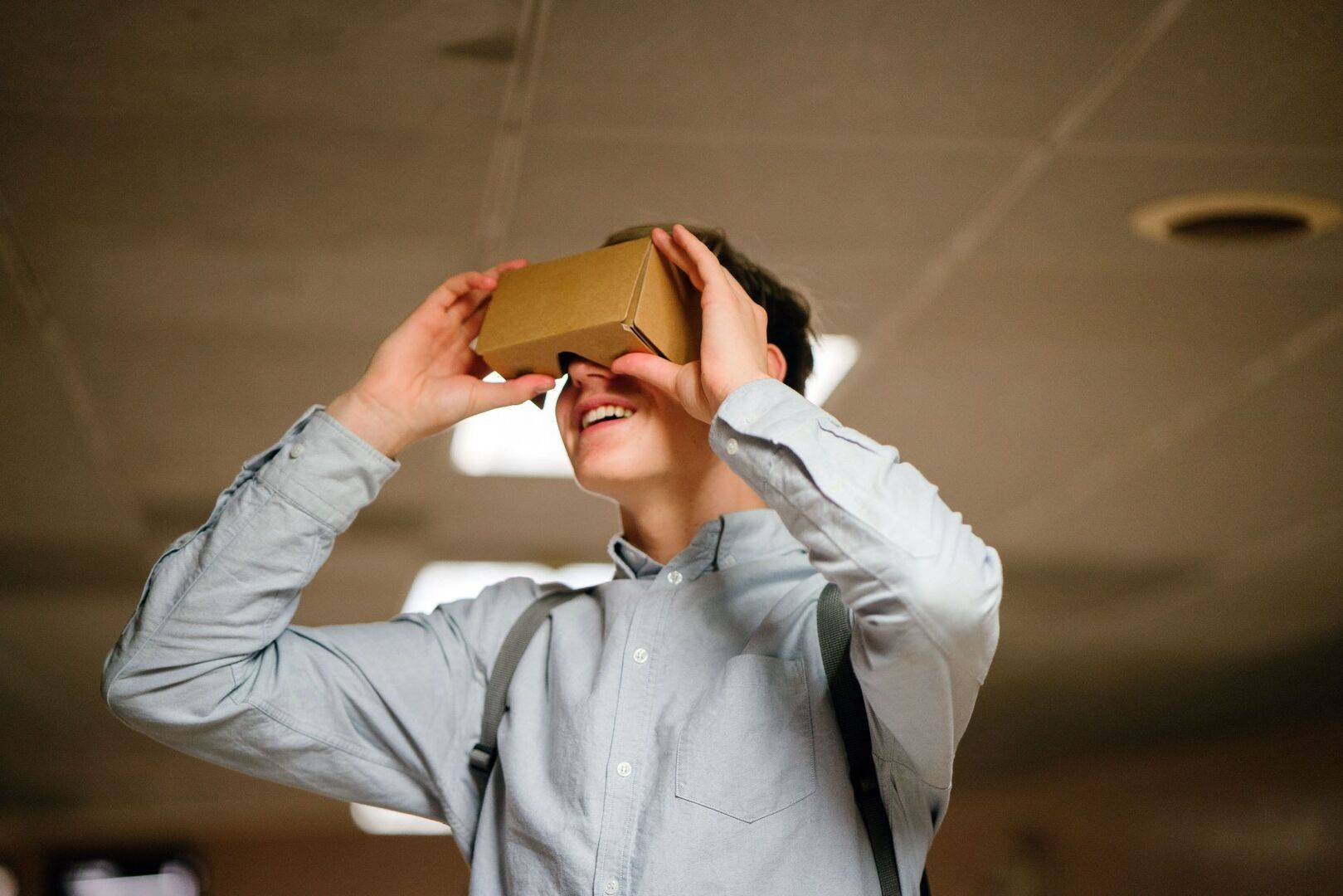
Interactive marketing involves content that requires some form of engagement from the users. As both consumer brands and business to business (B2B) marketers search for ways to improve the customer experience, it has become an increasingly popular strategy.
Interactive content creates personalised experiences for consumers and drives them to act. Since users participate in the content, they are more likely to remember the experience. An impressive 93% of B2B marketers rate it as effective in educating buyers compared to 70% for static content. Additionally, the engagement can capture valuable data on what customers want, and help shape a brand’s content, products or services. Keep reading for four creative ideas to incorporate interactive content into your marketing.
To encourage customer engagement and improve your brand experience, consider the following tactics:
We are all too familiar with internet quizzes on Buzzfeed, but brands can also use quizzes to generate awareness, provide personalised content and drive website visits. For example, a beauty brand could prompt users to fill out a quiz about their skincare needs to determine what products are best for them. Or a destination marketing organisation could post a poll on the top places to visit in their city. A software company could ask website visitors to answer a questionnaire about their software needs to point them to the right resources to answer their questions. Asking your audience to answer questions can help them find what they need and generate valuable customer data.
Calculators are another type of interactive content that can provide value to a brand’s audience. These calculators can take several different forms. Many investment firms have calculators available to help workers determine when they will be able to retire based on their saving habits. Additionally, some B2B brands use return on investment (ROI) calculators to show the value of their product or service in an engaging and memorable way.
One example of a popular calculator tool comes from HubSpot, which hosts a Website Grader where brands can assess how their website design ranks compared to HubSpot’s standards. The tool is free and directs the user to services that HubSpot provides to improve websites. For another example, software firm Sydcon provides an assessment where users answer questions about their needs before filling out a short lead generation form to receive their software recommendations.
Another way to enhance engagement on your website is making your infographics or eBooks interactive. In today’s world of short attention spans, motivating your audience to read a long-form eBook can be challenging. However, including clickable links, charts, videos or other interactive elements can make the experience much more engaging. Brands can also improve their existing infographics with scrolling effects or requiring a click to view or hide text or visuals. For example, Google Search has a “How Search Works” page that prompts users to scroll and click to view the informational piece. These elements can transform your content and keep users’ attention for longer.
Augmented reality (AR) and virtual reality (VR) is the latest trend in interactive marketing that is gaining wide adoption across both consumer and B2B brands. Although the technology is still emerging, it presents opportunities to provide imaginative brand experiences.
Some consumer brands have already adopted the technology, including Amazon, which introduced an AR app that allows customers to see how a piece of furniture will fit into their room. Hospitality is also looking to AR and VR technology to boost the customer experience. When booking hotels, customers can step into a hotel room with a VR video and experience a digital version before deciding to book their stay.
B2B brands are not shying away from the new technology either. Brands can make their product or service stand out with AR or VR elements in their product presentations, exhibitions or data visualisations. For example, equipment manufacturer Caterpillar provides its sales team with a virtual reality app to visualise its tractors with prospective buyers. During COVID-19, trade shows tested the power of VR exhibitions to recreate the in-person event experience. IBM is also testing how AR can improve data visualisation.
Whether you’re looking to upgrade your eBooks or transform your entire buyer’s journey, making your content more engaging is key. With these tools, brands can take their content to the next level and differentiate themselves with enhanced personalization.
Interested in delivering engaging content to your audience? Contact us today.
Theresa Colston is a Senior Account Executive at Mulberry Marketing Communications, an award-winning full-service B2B communications agency based in Chicago, London and Australia. She enjoys developing creative marketing ideas and building connections to drive results for clients.